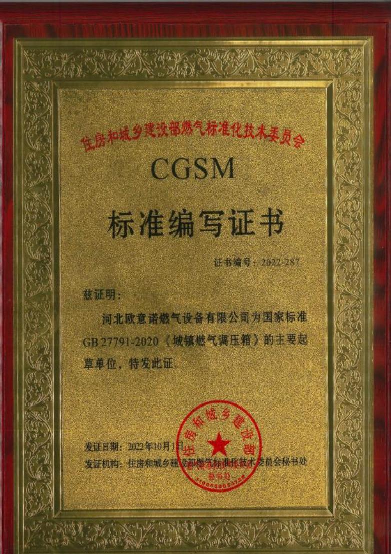
Nov . 26, 2024 04:12
Back to list
Pneumatic Control Valve Mechanisms and Applications in Industrial Automation
The Importance of Air Control Valves in Modern Systems
Air control valves play a crucial role in various industrial and manufacturing processes where the management of pneumatic systems is essential. These valves regulate the flow and pressure of compressed air, ensuring that machinery operates efficiently and safely. With the rapid advancements in technology, the design and functionality of air control valves have evolved significantly, making them indispensable components in numerous applications.
Understanding Air Control Valves
An air control valve is a device that manages the flow of air within a pneumatic system. It can either control the pressure or regulate the flow rates based on the operational requirements of the system. These valves can be found in many contexts, from manufacturing plants and automated assembly lines to HVAC systems and automotive applications.
The primary function of these valves is to control air pressure and flow rates, ensuring that the systems perform optimally. They can be manually adjusted or automatically controlled by sensors and controllers, making them versatile for a wide range of applications.
Types of Air Control Valves
There are several types of air control valves, each designed to serve specific functions
1. Flow Control Valves These valves manage the speed of actuators, allowing for precise control of movement in machinery. By adjusting the size of the opening, the flow of air can be increased or decreased, affecting the speed and force of pneumatic tools.
2. Pressure Relief Valves These are vital for maintaining safe operating conditions. By releasing excess pressure, they prevent system overloads and protect equipment from damage.
3. Directional Control Valves These valves direct the flow of air to different parts of a pneumatic system. They can control the actuation path of cylinders or motors, playing a vital role in multi-action machinery.
4. Shut-off Valves These valves completely stop air flow when necessary, serving as a safety feature in emergency situations.
.
Air control valves find use in a wide array of industries, including
صمام التحكم الهوائي

- Manufacturing In manufacturing processes, precise control of pneumatic tools is crucial. Air control valves ensure that tools operate at the required speeds and pressures, increasing efficiency and reducing errors.
- Automotive Many processes in automotive production, from painting to assembly lines, rely on pneumatic systems. Air control valves help regulate these systems to maintain quality and consistency.
- HVAC Systems In heating, ventilation, and air conditioning systems, air control valves regulate airflow and temperature. They help maintain comfort levels within buildings, enhancing energy efficiency and reducing operational costs.
- Robotics and Automation Automated systems often rely on pneumatic actuators. Air control valves are essential in managing the operation of these actuators, allowing for precise movements and operations.
Benefits of Using Air Control Valves
The integration of air control valves leads to numerous benefits
- Enhanced Efficiency By precisely controlling air flow and pressure, these valves help ensure that systems operate efficiently, reducing energy consumption and costs.
- Improved Safety Pressure relief valves and shut-off valves significantly enhance the safety of pneumatic systems by preventing overpressure and allowing for immediate stoppage in emergencies.
- Operational Precision In industries where precision is key, air control valves enable accurate control of tools and machinery, leading to higher quality outcomes.
- Versatility The wide variety of air control valves allows for their application in many different industries, highlighting their adaptability to various operational needs.
Conclusion
In summary, air control valves are essential components in pneumatic systems across diverse industries. Their ability to regulate air flow and pressure not only enhances operational efficiency but also ensures safety and precision in machinery operations. As technology continues to evolve, the importance of these valves will only increase, solidifying their place as a cornerstone in modern industrial applications. Understanding their functionality and applications can lead to better design and operation strategies, ultimately contributing to a more efficient and safer working environment.
Latest news
-
Safety Valve Spring-Loaded Design Overpressure ProtectionNewsJul.25,2025
-
Precision Voltage Regulator AC5 Accuracy Grade PerformanceNewsJul.25,2025
-
Natural Gas Pressure Regulating Skid Industrial Pipeline ApplicationsNewsJul.25,2025
-
Natural Gas Filter Stainless Steel Mesh Element DesignNewsJul.25,2025
-
Gas Pressure Regulator Valve Direct-Acting Spring-Loaded DesignNewsJul.25,2025
-
Decompression Equipment Multi-Stage Heat Exchange System DesignNewsJul.25,2025

